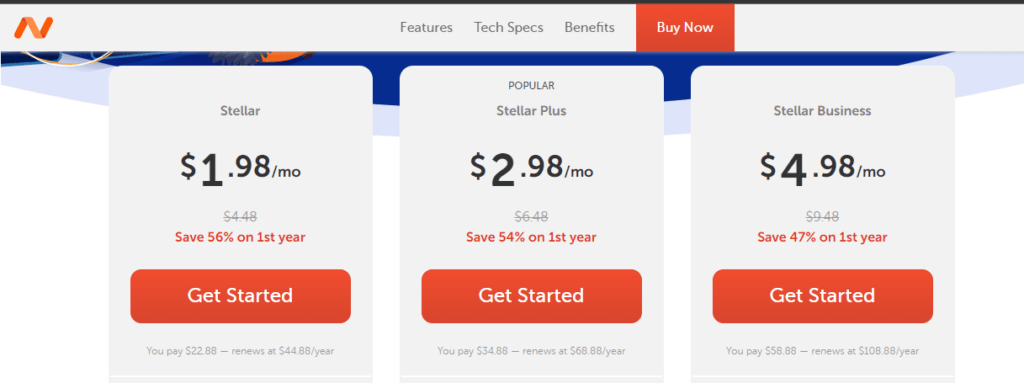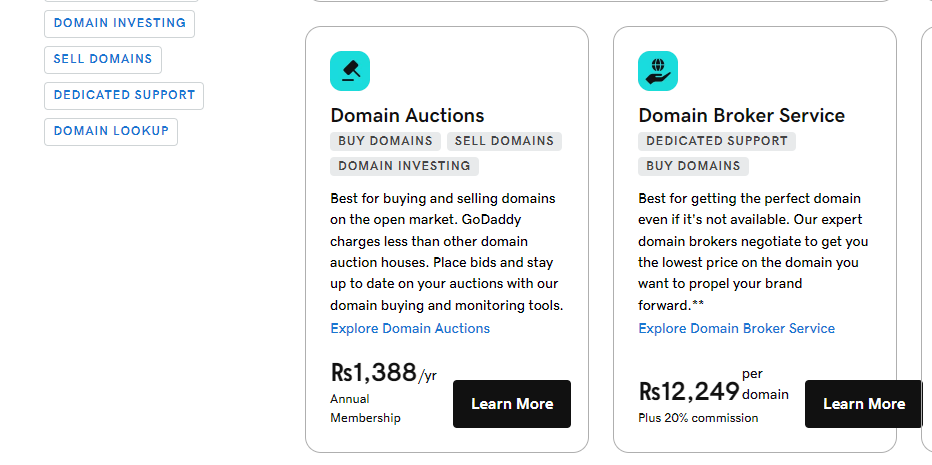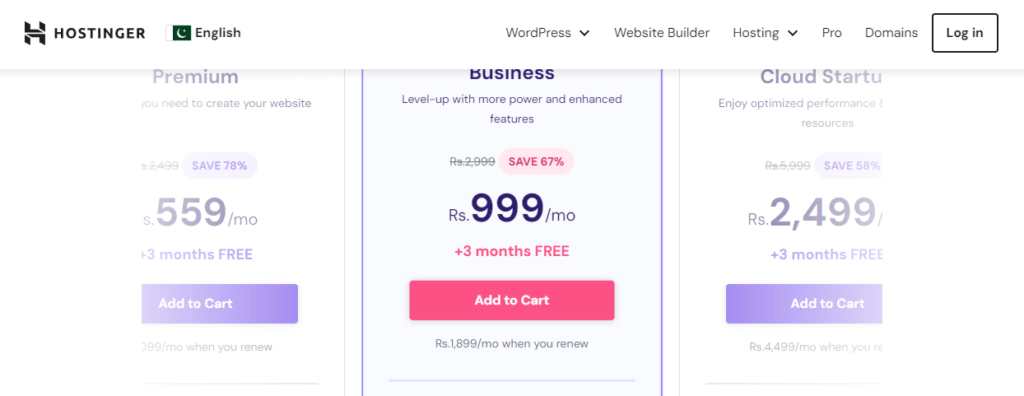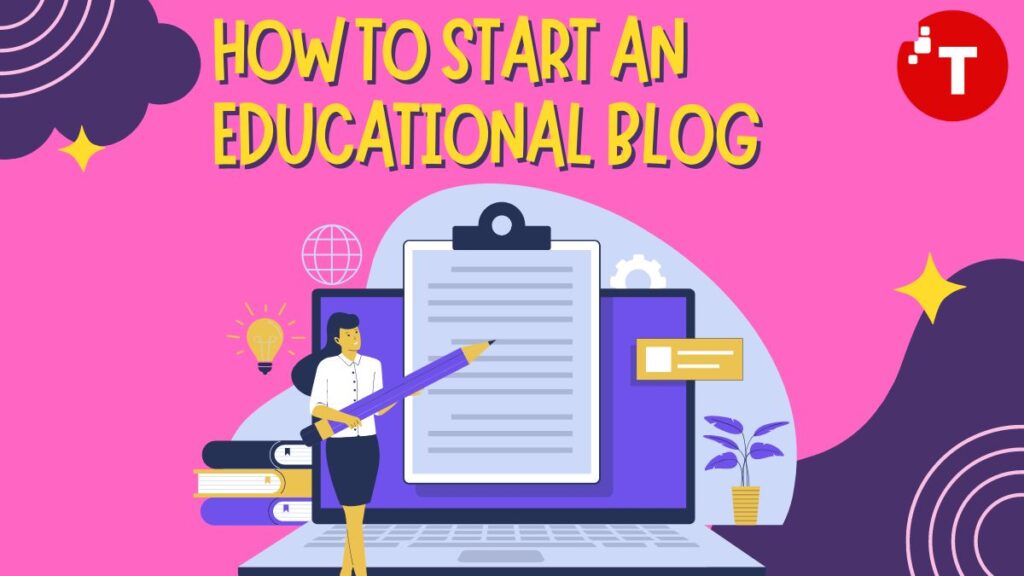Do you want to start your teaching or educational blog? If you are thinking about sharing your knowledge to help students and educators, starting your blog will be your best choice. Today, education is important worldwide and can be gained remotely or physically.
Conveying your expertise and knowledge related to education with a huge audience will help us build a presence online and generate passive income. Are you now thinking about how you can get started? Here’s something informational to help you be a successful professional educational blogger.
Educational Blog- An Overview
Educational blogs are created to educate students, educators, and others. Blogs are the best tool through which you can assist others by providing solutions to those in need or for other purposes like writing their assignments or gaining more knowledge to succeed in their studies. The educational blogs help all students and teachers improve their thinking by engaging with the blogs and educational resources.
My Suggestion:
| A blogger is a teacher who teaches others and gives them suggestions and solutions to their problems, so when you start an educational blog, you should act as a teacher who guides their students and provides them with a more compelling lesson, sorting out their confusion. So, when you act like this while making your blogs, always keep in your mind to act as a teacher who provides educational services and tips regarding various education niches and focus on covering all possible topics. |
My Personal Experience as a Blogger
Before I started my blogging journey, I faced numerous challenges, including understanding the best content strategy, gaining an audience, managing time, and scheduling content. For me, blogging was a challenging task, and I worked hard, having been blogging for months. However, as time passed, I learned many things about creating content and making it helpful for my audience.
As a blogger, I cannot say I have learned everything about blogging, and I become an expert; blogging is a continuous learning process. As you gain knowledge step by step, you will polish your expertise and then become an expert or professional in your field.
Skills You Need To Start a Blog
- SEO
- Graphic Designing
- Content Marketing
- Social Media Integration
- Marketing
- Communication
- Designing
- Creative skills
Steps To Start an Educational Blog
People start making blogs for many reasons. The most prominent are sharing knowledge and generating income. Here, we guide you on getting started with a successful educational blog.
Step 1. Decide on a Niche
Choosing a niche based on personal interest, expertise, and audience demand is important. Tips for selecting a specific niche or topic within the education field are:
A. Identifying your expertise and passion
B. Researching potential topics within your niche
C. Analyzing market demand and competition
You should choose a niche for your educational blog that aligns with your areas of expertise and interest. It is the most essential thing that helps you stand out from your blog and build the right audience. Most people get confused about selecting the best niche for their educational blog; if you are also confused, here are some tips to help you select the right niche for education.
1. Look at your interests, expertise, and passion by listing down all, making a list, and thinking about the topic in which you have great knowledge.
| For Example, you have deep knowledge of economics, key concepts, etc. |
2. After analyzing your interests and expertise, consider how to provide solutions to the audience.
| For Example, you don’t have the expertise to teach people how to achieve wealth. But you can provide solutions to them regarding generated employment opportunities and earning money. |
3. When you decide on the solution you provide in your blog, look at your competitors and provide something unique and better than what your audience expects in your educational blog for success.
| For Example, suppose you are an expert in economic improvements. In that case, you can offer some practical tips, recommendations, and solutions regarding helping the audience improve the economic standards in a way that sets you apart from your competitors to target in the market. |
Step 2. Set Your Goals
Goals are the most important aspect to set before starting any journey because they will help you take the successful path. Setting a goal before starting a blog is important because it helps us boost our focus and manage our time effectively. In this way, you can easily measure your success and gauge the right direction, thereby maximizing your efforts to achieve success in your educational blogs. Your goals should be clear, measurable, and achievable. So let’s discuss some examples that will help in setting a clear goal for making an educational blog:
- Creating and organizing quality content.
- Target a large audience.
- Engaging with social media platforms.
- Search engine optimization.
- Courses you provide.
- Reach and analyze the content.
- Build credibility and visibility.
- Monetization.
Without setting goals, your blog will be like a car driver who starts driving without knowing where he goes and where he stops. So, it will be invaluable and priceless if you have a great blogging platform or hosting but have not set clear goals for success and do not know about your destination. Many important aspects of blogging include building your website’s credibility and audience through effective digital marketing strategies, such as SEO, social media marketing, email marketing, and creating high-quality content. If done correctly, these strategies can help you achieve your goals. Without a clear direction, it’s too difficult to achieve success.
Step 3. Select the Right Blogging Platform
Before starting a blog, the most essential part is choosing the right blogging platform, and it’s also very essential for showing your content worldwide. WordPress is the ideal blogging platform, with many intrusting features and customization options. WordPress offers many themes and plugins and supports you by providing a well-designed interface for representing your content effectively to the readers. You can start your educational blog on many other websites. However, not all blogging websites are free; you have to pay a specific subscription fee first to create your own blogs and make income. The free blogging platforms are WIX, WordPress, Medium, Weebly, Blogger, Drupal, and others.
Step 4. Select and Register Your Domain Name
Let’s start with an example: some guests come to your home but don’t know your address. Then how did they reach your home without knowing your home address? Similarly, a domain name is the address and identification of your website. So, a domain name is also essential to start your blog and resonate with your audience. Your domain name should be unique, easy to remember, and relevant to your niche. After selecting and deciding about the domain name, register on platforms like Namecheap, GoDaddy, Bluehost, Domain.com, Hostinger, etc. If you want to stand out in your blog, ensure it will be exclusive.
| Note: Your audience data should be your top priority to secure on your website. For this, make sure to get an SSL certificate first before purchasing a domain name. |
Step 5. Buy Hosting
After choosing the right blogging platform and selecting a domain name, the next step is to buy hosting for your website. This gives you a space where you can present your data if you want to make it accessible for users to read your blogs and generate money easily. Many reliable and suitable hosting platforms provide trustworthy features and accessibility to support customers.
Registering a domain name and purchasing a web hosting work together to showcase your blog worldwide and help prevent crashing your website or hacking. However, hosting can be easy after paying and subscribing to the required fee for the platform.
We have also created a comprehensive guide on web hosting; if you would like to learn more, you can refer to this post.
Let’s discuss the subscription fees of some of the most popular and best hosting sites:
Bluehost:
It offers you four plans along with different features and prices:
- Basic: $1.99 per month.
- Plus: $3.49 per month.
- Choice Plus: $3.49 per month.
- Pro: $8.99 per month.

Namecheap:
It is the best service to provide website hosting under a cost-effective budget and has multiple benefits:
- Stellar: $1.98 per month.
- Stellar Plus: $2.98 per month.
- Stellar Business: $4.98 per month.

GoDaddy:
It is the most famous hosting company and offers various sustainable plans for any website:
- Domain Auctions: 1,388Rs per year.
- Domain Broker Service: 12,249Rs per month.

Hostinger:
Hostinger offers you complete budget-friendly options to purchase web hosting and many hosting solutions:
- Premium: 559Rs per month.
- Business: 999 Rs per month
- Cloud Startup: 2,499 Rs per month.

Step 6. Design Your Educational Blog
Your blog design matters for attracting your audience and readers. When you have completed all the steps mentioned above, design your blog by creating essential blog pages like a homepage, about page, contact, privacy, and policy page. Then, ensure that you install some effective plugins and themes related to your educational blog and your chosen niche. You can customize your blog by selecting an attractive colour scheme and adding a logo or some relevant images associated with educational blogs.
Plugins help extend the default WordPress proficiency, but you can install some SEO plugins, such as Yoast, W3 Total Cache, Monster Insights, OptinMonster, business directory plugins, etc. Furthermore, themes play a crucial role in creating visually appealing blogs and designs that help attract readers—not all themes are free; some require a paid subscription. Choosing a premium theme will give you another advantage, providing additional features, designs, colors, and technical support, among other benefits. Some WordPress themes are Child Theme, Divi, Redux, Gantry Framework, Thesis 2.0, Cherry Framework, and WPZoom.
Moreover, you can design your educational blog by adding basic text, sharing your thoughts, and conducting proper research to capture the audience’s attention. Categorizing your content makes it easier for your audience to find the information they are searching for.
Step 7. Create Quality Content
Now, you are on the stage when you create your content. Ensure it will be helpful for your readers and boost their attention. For creating high-quality and useful content:
- Focus on addressing the needs and solutions your audience is searching for, and then address them in your content.
- For engaging content, use relevant images, formats, or videos to cater to the audience’s interests and provide your readers with helpful tips and tricks to strengthen their educational careers.
- Ensure proper structure to make reading easy for readers and users. You should also structure your content into titles, headings, and subheadings that help deliver the ideas and solutions you want to provide by optimizing your content.
Another way to write effective content is to conduct a thorough keyword search and incorporate relevant keywords into your content. Ensure this keyword is added properly and avoid keyword stuffing. Also, identify the user’s intent and select a keyword with high search volume and less difficulty. However, if you target the keyword with high search volume and difficulty, you have less chance of ranking on Google because many high-quality websites already rank on Google. Many tools are available, some of which are paid or free, offering keyword searches like Ahrefs, Semrush, Ubersuggest, and many more. You can also use these keyword research tools to identify your competitors and understand your users’ focus, among other things.
Step 8. Grow Your Audience
Growing an audience is crucial to establishing your website’s credibility and improving its ranking. But how is it possible to grow an audience? Yes, it’s a question you should consider and focus on for increasing your audience. There are many ways to help you, such as social media marketing, SEO, and guest posts to share your content and promote your blog, among others. Promoting a blog needs effort to grow organic traffic on your website. The strategies that are effective in promoting your educational blogs include the following:
- Create your blog pages on social media sites like Facebook, Instagram, Twitter, Pinterest, and YouTube to promote your content and build an audience.
- Start a collaboration with another blog in your niche and promote your blog to their audience.
- Buy backlinks for your blogs by engaging with the relevant websites through guest posts.
- Optimize your content for search engines through on-page and off-page SEO.
- Join online forums and other educational communities and participate in them through discussion.
Step 9. Monetize Your Blog
The main purpose of making a blog is to share your knowledge and helpful information with the users and audience, but it also offers you the opportunity to generate income. Monetization requires effort and can impact your entire blog and overall success. The ways through which you can monetize your educational blog are:
- Affiliate marketing and programs.
- Display CPC and banner ads.
- Sell your courses online.
- Sponsorship.
- Sell education resources.
Bottom Line
Starring a successful educational blog takes effort and time to run successfully. Blogging is a continuous learning process that takes time to stay ahead. Blogging is more than just creating a blog and starting to write content; it requires proper planning and research to establish a blog and produce high-quality content. Setting goals and determining your niche are crucial. That determines your success, whether you become a successful blogger and help beat the competition. I compiled an in-depth article on creating an education website or blog, from deciding on a niche to creating content and monetizing it. To become a successful blogger, I recommend focusing on this guide; I wish you all the best in your blogging endeavors.


